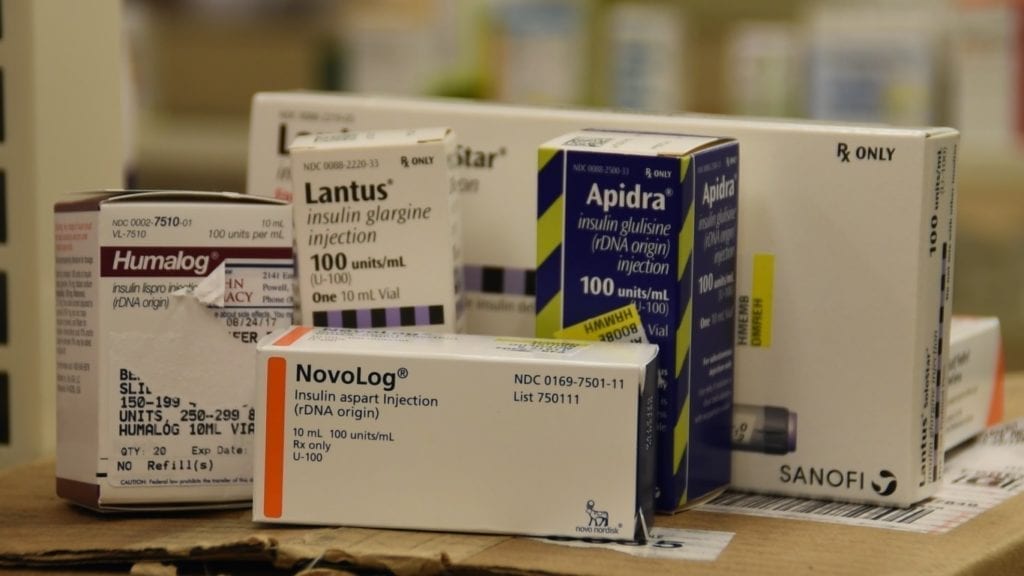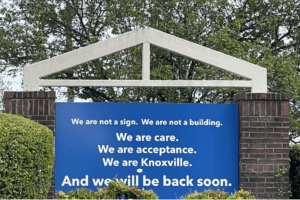Cost of Insulin Skyrocketing: What’s Behind the Hike and How it Affects Americans with Diabetes
Insulin is the life-saving drug that helps people with diabetes control their blood sugar, and over the course of a decade, its cost has skyrocketed by more than 200 percent

The same 10 milliliter vial of insulin that cost $21 in 1997 now can come with a price tag of more than $250. These price hikes have resulted in many diabetics across the U.S. struggling to pay for this essential medication.
Diabetes is a chronic condition that diminishes the body’s ability to process sugar. If left untreated, diabetics develop extremely high blood sugar that leads to severe health risks and potentially death. The number of people with diabetes, specifically type 2, in the United States has increased exponentially within the last decade, according to the Center for Disease Control’s 2015 census.
As these numbers increase, so do the numbers of insulin prices across the U.S. market. David Kearney, a staff pharmacist at Vaughn Pharmacy in Powell, Tenn., explains that the way the pharmaceutical industry is set up in the United States makes it possible for price increases like these to occur.
“Our government does not regulate pricing of pharmaceuticals in this country,” said Kearney. “They can pretty much charge any price that is agreed upon between them and the insurance companies.”
The U.S. government allows the pharmaceutical industry to operate within the free market with the aim of keeping prices at a reasonable rate due to competition. The most prominent insulin manufacturers such as Eli Lilly, Novo Nordisk and Sanofi, however, have been steadily increasing their prices in lockstep over the last several years. Many critics have accused these companies of price-fixing as there seems to be no competition among the top-sellers.
A study conducted by the JAMA Network in 2013 shows how the price of insulin has increased within the last decade or so. It also revealed that the mean out-of-pocket expenditures on insulin treatments for diabetes were far greater than all other non-insulin therapies combined. In fact, the prices for non-insulin treatments had decreased between the years of 2008 and 2013 while the price of insulin increased.
Some companies claim that the reason behind the price increases is mainly the research that goes into the continued advancement of the drug. Many are left wondering if these advances are truly worth the extra cost, and others believe that this claim is simply a strategy used to maintain patent protections and keep prices high.
As newer, more effective, insulins enter the market, doctors prescribe whichever insulin they believe would be most beneficial for their patients . Kearney, however, explains that if cost is a barrier for a diabetic who is prescribed a newer insulin, they should speak with their doctor about other options, which you can learn more about here on the link.
“Older insulins are still a viable option to help treat diabetes, and it’s a lot better than not doing anything at all,” he said. “So it’s really important that they don’t just discontinue use of the medicine.”
Approximately 30.3 million people in the United States have diabetes. The below graphic displays the CDC’s assessment of each state’s diabetes rate.
The map below shows the poverty rate of each U.S. state. Interestingly, much of the information in this map seems to be reflected on the one above. One might draw from this that states with higher poverty rates have a higher number of diabetics. With the cost of insulin being so high, this poses an extreme problem for those living in poverty without insurance.
Although the majority of diabetics have health insurance, many suffer from high deductibles and end up paying out-of-pocket for their medication anyway. For those without, the out-of-pocket costs are far too expensive for them to pay. If the number of diabetics in these impoverished parts of the country continues to grow, this problem will worsen and many people will suffer.
For the approximately two million diabetics in America who are uninsured and who cannot use older formulas, many often have to ration their insulin supply or choose between paying for their mortgage and paying for their insulin. Reports say that some turn to crowdfunding on the internet or even the black market to get the medication they need.
As this issue continues to progress, the dialogue surrounding it also continues. Although Kearney does not believe that the prices of insulin will come down any time soon, he believes there are steps the U.S. can take to remedy the situation.
“We need to challenge our country to be more attentive to the patients that can’t afford this and find ways to get them the medicine they need,” Kearney said. The solution for this, however, is anything but simple as blame is tossed back and forth between insulin manufacturers and insurance companies. Ironically, this air of greed that exists within the insulin industry today was non-existent upon its discovery in the early 1900s. Those working to find a cure for this disease were doing so for the greater good of society rather than in their own interests.
Years of dedicated research and development within the industry have led up to the situation that exists today. Although it may seem far off, if this same kind of effort continues, perhaps other solutions for this disease will be discovered and the issue of insulin pricing will eventually become obsolete.



